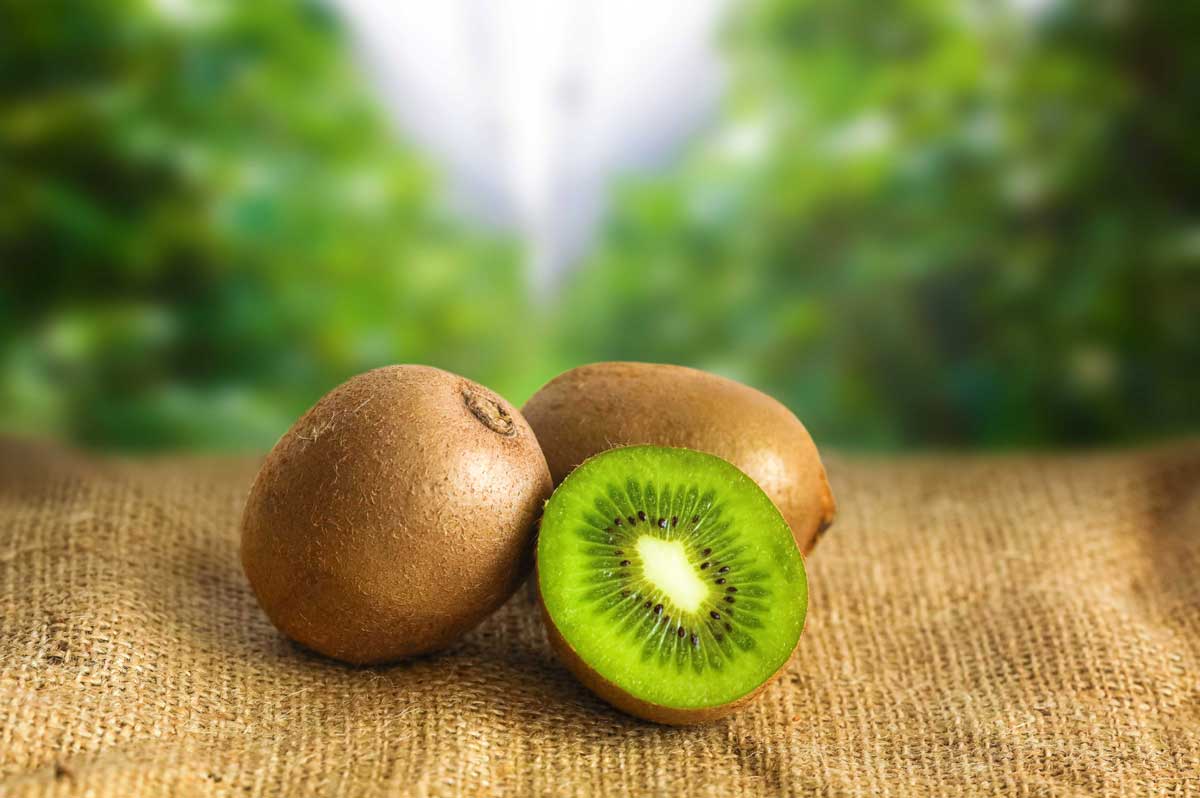
Vinegar has long been a household remedy for stains and odors. Its acetic acid concentration makes it particularly suitable for toilet cleaning where mineral deposits, bacteria, and odors accumulate. This introduction lays the groundwork for why vinegar remains one of the most researched and practical natural cleaning agents.
Science Behind Acetic Acid in Toilets
Acetic acid, the active component in vinegar, breaks down mineral scale and disrupts microbial structures. Laboratory findings confirm vinegar’s microbicidal qualities under specific conditions. For example, scientific studies show that acetic acid can reduce mycobacteria, while peer-reviewed research demonstrates antibacterial and antifungal activity. However, vinegar is not classified as an EPA-registered disinfectant, meaning it should be used as a cleaner, not a substitute for certified disinfectants.
Varieties of Vinegar Cleaners
Several vinegar-based products and blends are used for toilet cleaning, each offering different strengths:
- White Distilled Vinegar — Standard 5% acidity, reliable and safe for porcelain surfaces. Widely distributed by major brands like Heinz.
- Cleaning Vinegar — Formulated at ~6% acetic acid for tougher cleaning; see Heinz Cleaning Vinegar for product details.
- Vinegar & Baking Soda Mix — Creates effervescence that loosens debris. Baking soda use explained by Arm & Hammer.
- Citric Acid + Vinegar Blends — Targets rust and lime deposits; brands like Lemi Shine make formulations leveraging citric acid.
- Apple Cider Vinegar — Less suitable for toilets due to coloration; popular for other uses via providers such as Bragg.
Brand and Provider Descriptions
1. Heinz White Vinegar
Heinz provides a 5% distilled white vinegar that is trusted in households worldwide. Because of its clarity and stable acidity, it is ideal for routine toilet cleaning and ring removal. See official details here.
2. Lemi Shine Citric Acid Solutions
Lemi Shine specializes in citric acid cleaners. Their toilet-specific solutions combine natural acids for descaling and rust removal. Product info available here.
3. Arm & Hammer Baking Soda
Arm & Hammer’s baking soda complements vinegar to enhance stain removal. The fizzing action when combined with acetic acid mechanically disrupts grime. Usage and product details here.
4. Bragg Apple Cider Vinegar
Bragg’s organic ACV contains natural enzymes and has many household uses. However, its color and organic residues make it less ideal for porcelain toilets. Product overview here.
Performance in Real Conditions
Research demonstrates vinegar’s potential in reducing microbes, but home toilets present real-world complexity. Factors such as mineral hardness, organic soil load, and dwell time influence success. CDC notes that cleaning should precede disinfection, showing why vinegar is effective in the cleaning stage even if not officially registered as a disinfectant.
Safe Usage Guidelines
To use vinegar effectively and safely:
- Soak stains with vinegar for extended time, ideally overnight for tough rings.
- Add boosters like citric acid or baking soda for stubborn deposits.
- Scrub using brushes designed for toilet interiors, reaching under rims.
- Never mix vinegar with bleach — unsafe chemical vapors can form.
Consumer resources like toilet cleaning guides provide practical technique illustrations.
Comparisons With Chemical Cleaners
Chemical cleaners provide faster disinfection but may carry stronger fumes and environmental impacts. Vinegar-based methods offer safety and eco-friendliness, though may require more dwell time and scrubbing. For severe buildup, hybrid approaches are often used.
Recommendations Based on Toilet Condition
Routine cleaning: 5% white vinegar.
Hard water scale: Vinegar with citric acid boosters.
Persistent stains: Repeated vinegar soaks plus mechanical action.
Odor control: Baking soda and vinegar combinations.
See example eco cleaners on Amazon for citric-acid-based alternatives.
Conclusion
Vinegar cleaners remain a practical and safe option for many toilet cleaning scenarios. While not a replacement for EPA-registered disinfectants, they dissolve stains, reduce odors, and lower microbial load. Choosing between distilled vinegar, stronger cleaning vinegar, or citric-acid boosters depends on the level of staining and buildup. Evidence shows vinegar works best when paired with time, scrubbing, and boosters.



